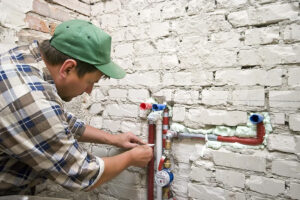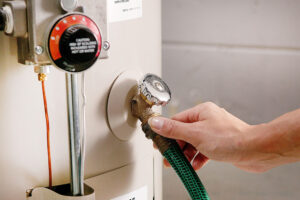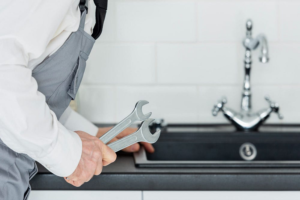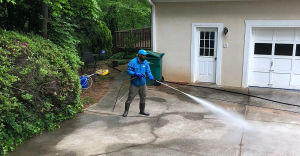Understanding the Different Types of Pipes in Your Home and How to Care for Them

Image Source: www.forbes.com
Millions of new homeowners discover the joys of homeownership each year and the pitfalls and expenses of maintaining your new property. If you are a property owner, then you’ve got pipes to worry about. But don’t fret, we’re here to help. We touched base with David Ellison, with Seattle Plumbing, Drain and Rooter Pros to help with a guide to help understand the different types of pipes in your home, what they’re made of, and their purposes. We’ll even throw in some handy maintenance tips and solutions for common issues.
So, sit back, relax, and let’s dive into the world of home plumbing together.
Exploring Varieties of Home Plumbing Pipes
You’re about to dive into the diverse world of home plumbing pipes, understanding their differences and how they’re used throughout your home. First up, you’ve got your PVC pipes, lightweight and great for wastewater. Then there’s copper, durable and long-lasting, ideal for hot and cold water lines.
Don’t forget about galvanized steel; it’s sturdy but prone to rust. ABS pipes are similar to PVC, but primarily used for vent and drain lines. Lastly, you’ve got PEX pipes, flexible and resistant to both high and low temperatures, making them a popular choice for various applications. Each type has its strengths and weaknesses, so it’s vital you understand these before making a decision.
Unveiling the Composition of Different Pipe Materials
Let’s delve into what various materials make up the plumbing in your house, a key aspect of maintaining a functional system.
First, you’ve got copper pipes, which are durable and resistant to corrosion. They’re the gold standard, but they’ll also cost you a pretty penny. However, if you’re on a budget, you might’ve PVC or PEX pipes. PVC is great for water supply lines, while PEX is flexible and easy to install, making it a favorite for indoor plumbing. Then there’s galvanized steel, a sturdy but old-fashioned choice that’s prone to rust over time. Lastly, you might’ve cast iron, which is strong but heavy, and mainly used for sewer or drain lines. Understanding your pipes’ materials helps you know how to best care for them.
Distinguishing the Purposes of Different Pipe Types
In the realm of plumbing, it’s crucial to know not just what your tubes are made of, but also their intended functions in the system. You’ll find supply pipes, delivering water under pressure from the main line to your faucets. They’re often made of copper, PVC or PEX.
Then, there’re the drain-waste-vent (DWV) pipes. They’re your plumbing system’s unsung heroes, whisking away wastewater and venting sewer gases. They’re usually made of PVC or ABS plastic. You’ve also got trap pipes under sinks and showers, curving to ‘trap’ water and block sewer gases. Recognizing these pipes is the first step in caring for them appropriately.
Your home’s plumbing health is in your hands.
Maintenance Tips for Various Types of Pipes
It’s time to delve into some handy maintenance tips for those copper, PVC, PEX, and ABS plastic plumbing lines you’ve got running through your house.
For copper pipes, keep them clean and periodically check for green spots, a sign of corrosion. PVC pipes benefit from being kept away from direct sunlight. Its ultraviolet rays can make the plastic brittle. PEX pipes? They’re pretty low-maintenance, but avoid using harsh chemicals when cleaning them.
And your ABS pipes? Much like PVC, keep them out of the sun, and avoid sharp temperature changes.
Remember, it’s always best to consult with a professional for severe issues.
Maintain your pipes, and they’ll keep your water flowing smoothly.
Dealing With Common Pipe Issues in Your Home
You’re likely to encounter some common plumbing issues, and here’s how you can deal with them effectively.
If you’ve got a leak, first, turn off the water source to prevent any further damage. Then, assess the situation. If it’s a minor leak, like a loose joint, you might be able to fix it yourself with some plumber’s tape. For more serious issues, like a burst pipe, you’ll need professional help. Don’t try to fix this on your own as it can lead to more damage.
Also, if you notice any rust or corrosion on your pipes, it’s best to call in a professional. They’ll be able to replace the pipe and ensure it’s done correctly to prevent future issues.








